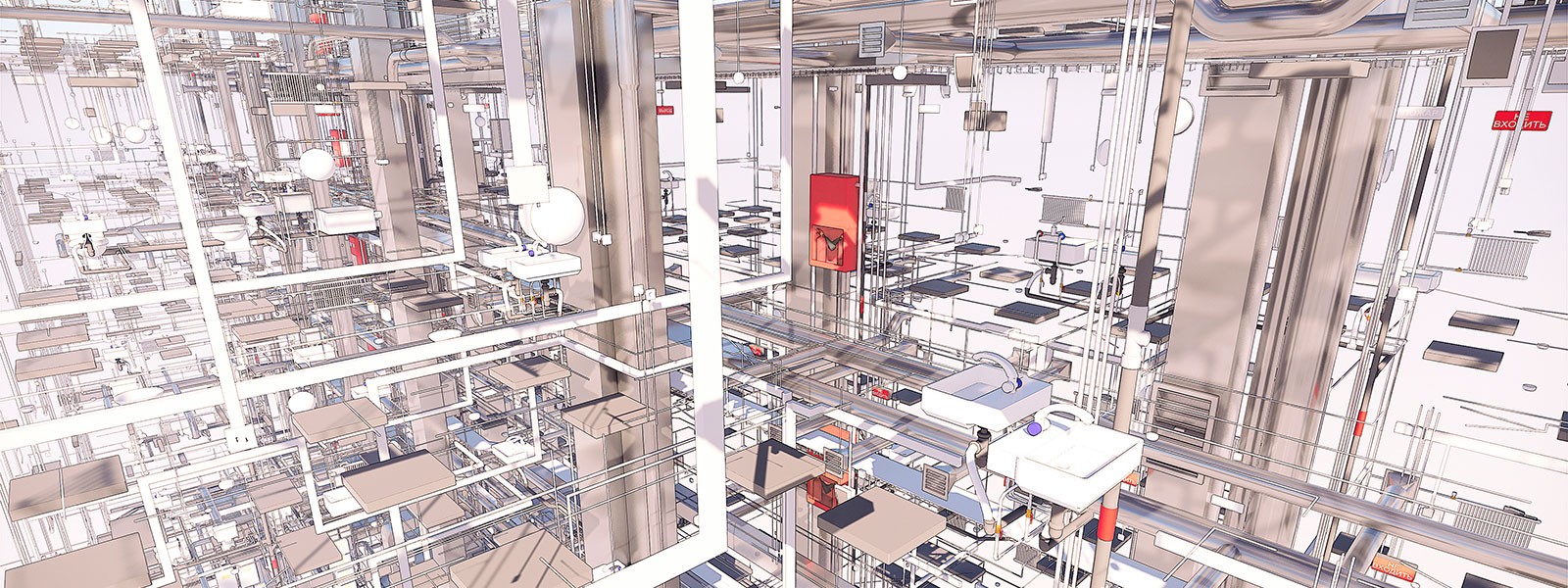What is Building Information Modelling (BIM)
Building Information Modeling (BIM) is a digital technology that is increasingly being used in the design, construction, and management of data centers. BIM is a process that involves creating and using a digital model of a building to capture and manage information about the design, construction, and operation of the building. This information can be used to improve the efficiency and effectiveness of the data center development process.
One of the key advantages of using BIM in data center development is that it allows for more accurate and detailed planning. Because BIM uses a digital model of the building, it can capture a vast amount of information about the design and construction of the data center, including the location and size of each component, as well as the materials and systems that will be used. This detailed information can help architects and engineers to identify potential issues and conflicts before construction begins, which can save time and money during the development process.
 Advantages of Building Information Modelling
Advantages of Building Information Modelling
Another advantage of BIM is that it allows for better collaboration between different teams and stakeholders. Because BIM uses a common digital model, it enables different teams to work together more effectively, sharing information and making decisions in real-time. This can help to avoid misunderstandings and miscommunications, which can be costly and time-consuming.
In addition, BIM can help to improve the performance and efficiency of data centers. By using a digital model, BIM can simulate the operation of the data center, allowing architects and engineers to see how different design choices will impact the performance of the building. This can help to identify potential problems and optimize the design of the data center, resulting in a more efficient and effective building.
Technology and training in Building Information Modelling
One of the main challenges with using BIM in data center development is the initial investment in technology and training. Because BIM involves the use of specialized software and processes, it can require a significant upfront investment in technology and training. However, this investment is typically offset by the savings and efficiencies that BIM can provide over the long term.
Despite these challenges, the use of BIM in data center development is growing rapidly. As more data centers are built, and as the demand for high-performance and efficient buildings continues to grow, the use of BIM is likely to become even more widespread in the future. By using BIM, data center developers can improve the accuracy and efficiency of their projects, and create better performing and more sustainable buildings.

 Advantages of Building Information Modelling
Advantages of Building Information Modelling